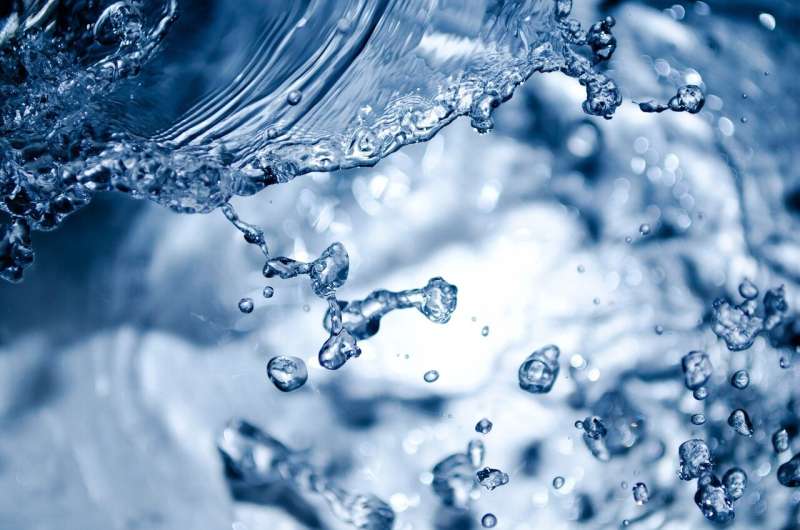This article has been reviewed according to Science X's editorial process and policies. Editors have highlighted the following attributes while ensuring the content's credibility:
fact-checked
trusted source
proofread
Machine learning used to predict water quality

Research in the International Journal of Sustainable Agricultural Management and Informatics has demonstrated how machine learning can be used to predict water quality index. The work could have implications for the future of water management in drinking water and agricultural use.
Falling water quality has been a cause for concern in recent years, with its impact on both human health and agricultural production drawing increased attention. Indeed, at the time of writing, pollution of rivers and coastal waters caused by inappropriate release of untreated sewage is high on the environmental agenda while agricultural issues concerning water security are always on the agenda.
Various factors, such as acidity and alkalinity, pH level, turbidity, dissolved oxygen, nitrate content, temperature, and the presence of fecal microbes, are used to determine water quality. It is therefore crucial to develop effective methods for forecasting water quality, in order to monitor and control pollution.
Ahmad Debow, Samaah Shweikani, and Kadan Aljoumaa of the Higher Institute for Applied Sciences and Technology (HIAST) in Damascus, Syria, have developed 4-stacked LSTM models for predicting WQI. A 4-stacked LSTM (Long Short-Term Memory) is a type of recurrent neural network that can find long-term patterns in data that changes over time. Such models having analyzed the data can then make predictions about how that data might change in the future. By stacking four LSTM layers on top of each other, the model is better able to find nuanced patterns in the data.
To prepare the data and select features for analysis, the team used different algorithms, including K-NN (K nearest neighbors) and annual mean. K-NN is a well-known algorithm used in machine learning for classification and regression tasks. It is a non-parametric algorithm, which makes no assumptions about the underlying data distribution. The basic idea underpinning K-NN is to classify new data points based on similarities between nearest neighbors in the training dataset.
The team's success with these models in replicating known data bodes well for real-world predictions and could make an important contribution to water management efforts. It should allow more proactive measures to be taken to minimize pollution in the water supply for both human consumption and agricultural use based on the predictions the models make.
More information: Samaah Shweikani et al, Predicting and forecasting water quality using deep learning, International Journal of Sustainable Agricultural Management and Informatics (2022). DOI: 10.1504/IJSAMI.2022.10051380
Provided by Inderscience




















